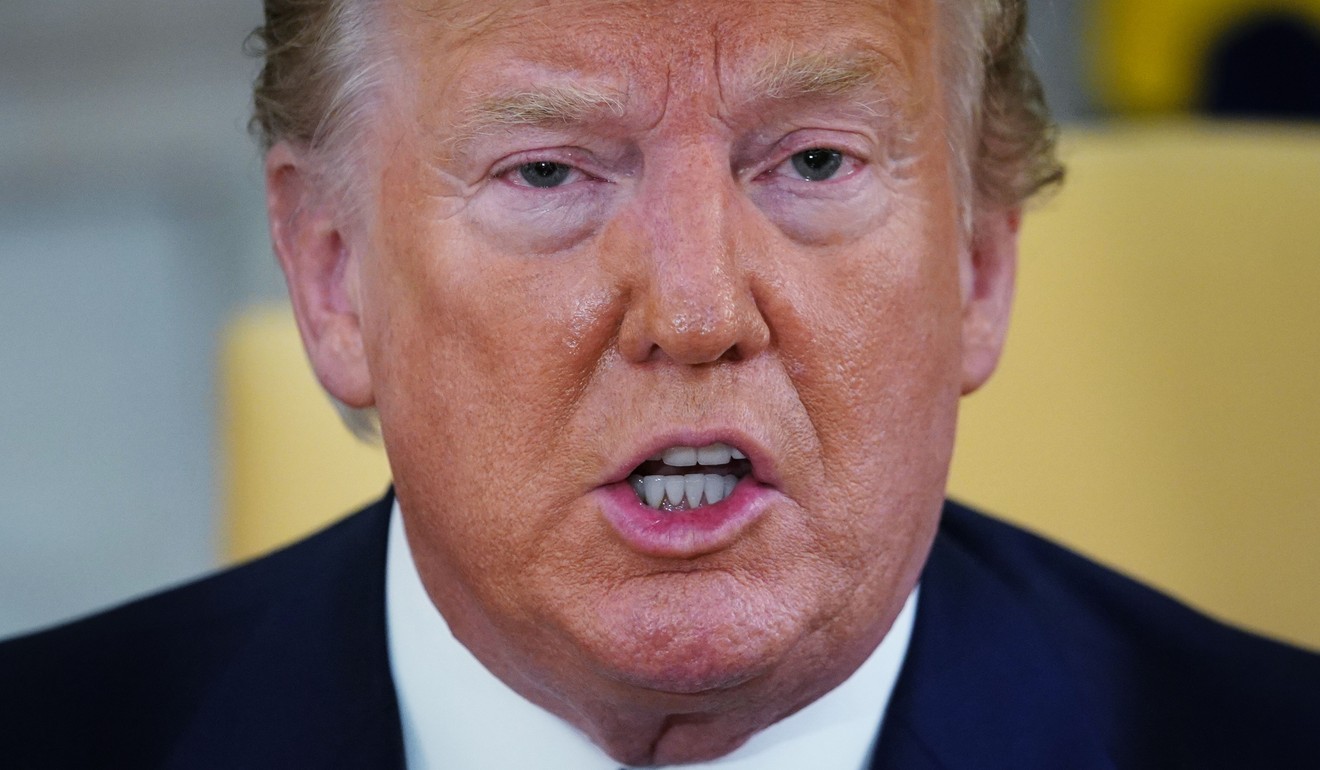
US outguns Iran, but faces painful realities in event of war
- Iran’s military has more than 700,000 troops, not counting the Islamic Revolutionary Guards Corps that downed a US drone on Thursday
- A review of Iran’s weapons shows that many are ‘obsolete’, but its missiles, air defences and use of proxy forces can ‘scarcely be ignored’
Iran’s military has more than 700,000 troops, including a conventional army of about 350,000 soldiers, according to a Congressional Research Service report published last month. That’s not counting the Islamic Revolutionary Guard Corps (IRGC), a specialised force comprising another 125,000 troops in its army and 20,000 personnel in its navy, the CRS report said.

A review of Iran’s weapons shows that many of them are “obsolete, obsolescent, or of relatively low quality,” according to a report last year by the Centre for Strategic and International Studies. But the report adds that Tehran’s ballistic and cruise missiles, air defences and use of proxy forces can “scarcely be ignored”.
Trump says issued cancellation ‘10 minutes’ before Iran strike
A senior US defence official, speaking on condition of anonymity, said on Friday that ships accompanying the aircraft carrier USS Abraham Lincoln were poised to strike if called upon. They included the USS Bainbridge, a destroyer, and the USS Leyte Gulf, a guided missile cruiser, both of which can carry Tomahawk missiles, the official said.
US military officials on Friday declined to say whether the Lincoln and its accompanying ships are on standby waiting to carry out an operation, or whether a strike was imminent.
“The US Central Command retains a robust military capability in the region that is ready to respond to any crisis,” said Army Lieutenant Colonel Earl Brown, a military spokesman. “The United States does not seek conflict with Iran, but we are postured and ready to defend US forces and interests in the region.”

Among the weapons that Iran possesses are anti-aircraft missile systems like the S-300, which can target objects at altitudes of 15 miles. Tehran also has a fleet of more than 300 aircraft, though nothing nearly as advanced as what the US Air Force flies. The aircraft include Russian-made MiG-29 fighters and Su-24 bombers, and legacy American aircraft that the Pentagon has retired, such as the F-4. Iran bought them from the United States before its 1979 revolution, according to CRS.
At sea, Iran’s navy is believed to operate a fleet that includes more than 100 vessels, about half of which are small, quick-moving vessels that would not stand up well to American destroyers, but could grind maritime traffic to a halt by laying mines and harassing commercial ships.
China calls for calm after reports Trump ordered Iran strikes
It is the actions of the IRGC and Iran’s proxy forces that have alarmed US officials. The US government has attributed numerous attacks to them globally over the last 20 years, and the Pentagon said this year that it believed Iranian proxy forces were responsible for the deaths of at least 608 US troops in Iraq during the eight-year war spawned by the American invasion in 2003.

